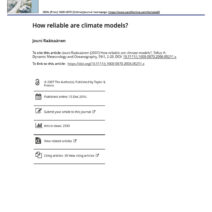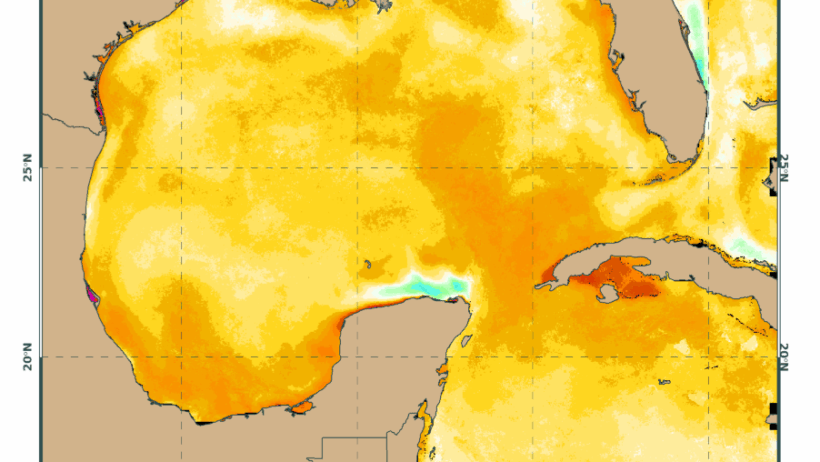Miami, a vibrant city located at the southeastern tip of Florida, captivates visitors and residents with its unique climate. The subtropical allure emanates from its tropical monsoon climate, where sweltering summer heat contrasts with the comparatively mild winters. This climatic phenomenon plays a crucial role in shaping Miami’s ecosystem, culture, and lifestyle.
As a coastal city, Miami experiences a distinct combination of influences from both the Atlantic Ocean and the Gulf of Mexico. This duality creates a humidity-laden atmosphere, characterized by pronounced subtropical conditions. The average annual temperature hovers around 77°F (25°C), with January being the coolest month, averaging about 68°F (20°C), while July can reach sweltering highs of approximately 90°F (32°C). Such variations impart a dynamic character to the city’s climate.
The summer months, from June to September, are marked by sweltering afternoons and frequent thunderstorms. The interplay of sea breezes helps mitigate the oppressive heat, providing a temporary respite for residents and tourists exploring the city. However, these months also herald the onset of hurricane season, a period that demands vigilance and preparedness for inclement weather. The ever-present risk of hurricanes casts a shadow on the picturesque scenes of palm trees and sandy beaches.
Conversely, Miami’s winters are a delightful contrast to the oppressive summer heat. The period from December to February offers mild temperatures that typically range from the low 60s°F (around 15°C) to the mid-70s°F (approximately 24°C). This climate invites a variety of outdoor activities and festivals, energizing the local culture and making it an attractive destination for snowbirds seeking warmth. This influx of visitors during the winter months often results in crowded beaches and vibrant events that celebrate Miami’s diverse cultural tapestry.
Precipitation is another defining characteristic of Miami’s climate. Annually, the city receives around 61 inches (1,549 mm) of rainfall, with the majority falling during the rainy season, which spans from May through October. This deluge often arrives in the form of short but intense downpours, coupled with electrical storms. The omnipresence of precipitation during the summer months contributes to Miami’s lush greenery, fostering an environment where tropical plants flourish.
The interaction of Miami’s climate with its surrounding geography affects not only its natural environment but also its urban landscape. The abundance of sunlight combined with high humidity fosters a fertile ground for the growth of diverse flora. Tropical species such as palm trees, hibiscus, and bougainvillea dominate the city’s landscape, creating an inviting atmosphere.
Moreover, the climatic conditions significantly impact local wildlife, with species ranging from colorful birds to marine life thriving along the coastline. Miami’s proximity to the Everglades, a UNESCO World Heritage Site, further accentuates its appeal as a hub for biodiversity. The intricate ecosystems found within these wetlands are sustained by the climatic patterns that define the region.
However, climate change poses an increasing threat to Miami’s unique environmental landscape. Rising sea levels, intensified storm surges, and prolonged periods of drought jeopardize both natural habitats and human infrastructure. As a coastal city, Miami faces significant risks from hurricanes that are projected to become more severe due to climate change. These shifts in climate patterns necessitate proactive measures and strategic planning from city officials, residents, and environmental advocates. Ensuring resilience and sustainability is imperative for the future of this vibrant city.
The phenomenon of urban heat islands further compounds Miami’s climatic challenges. Areas densely populated with concrete and asphalt tend to experience higher temperatures than surrounding rural regions. This exacerbated heat can lead to increased energy consumption for air conditioning, further straining the local infrastructure and natural resources. Implementing green initiatives, such as urban forestry and sustainable architecture, can help mitigate these effects, creating a more livable urban environment.
Additionally, the relationship between Miami’s climate and its economy is profound. The tourism industry thrives in the subtropical climate, drawing millions of visitors each year to its beaches, nightlife, and cultural festivals. This influx of tourists not only stimulates the local economy but also amplifies the impact of climate change, as increased foot traffic and development can lead to further environmental degradation. Balancing economic growth with ecological sustainability is an ongoing challenge that city planners and businesses must navigate.
In summary, Miami’s climate is a complex tapestry woven from the threads of tropical heat and ocean breezes. It nurtures a unique ecosystem, benefits tourism, and influences daily life. However, the specter of climate change looms over this vibrant city, demanding urgent attention and concerted action. Understanding the nuances of Miami’s climate is fundamental in advocating for sustainable practices to safeguard its future. Ensuring that the city remains a paradisiacal destination requires a commitment to environmental stewardship and community resilience.






